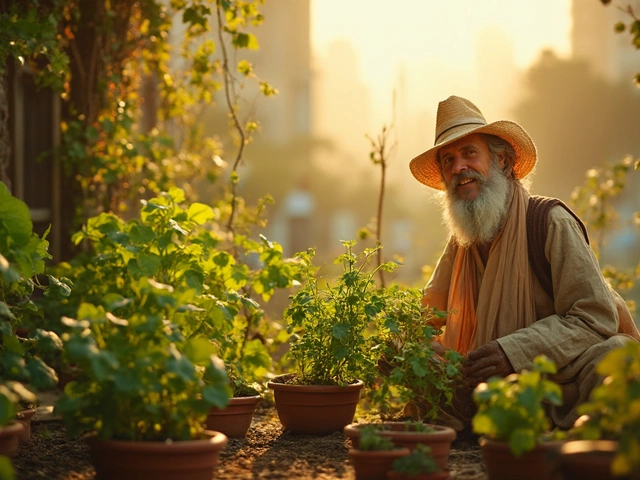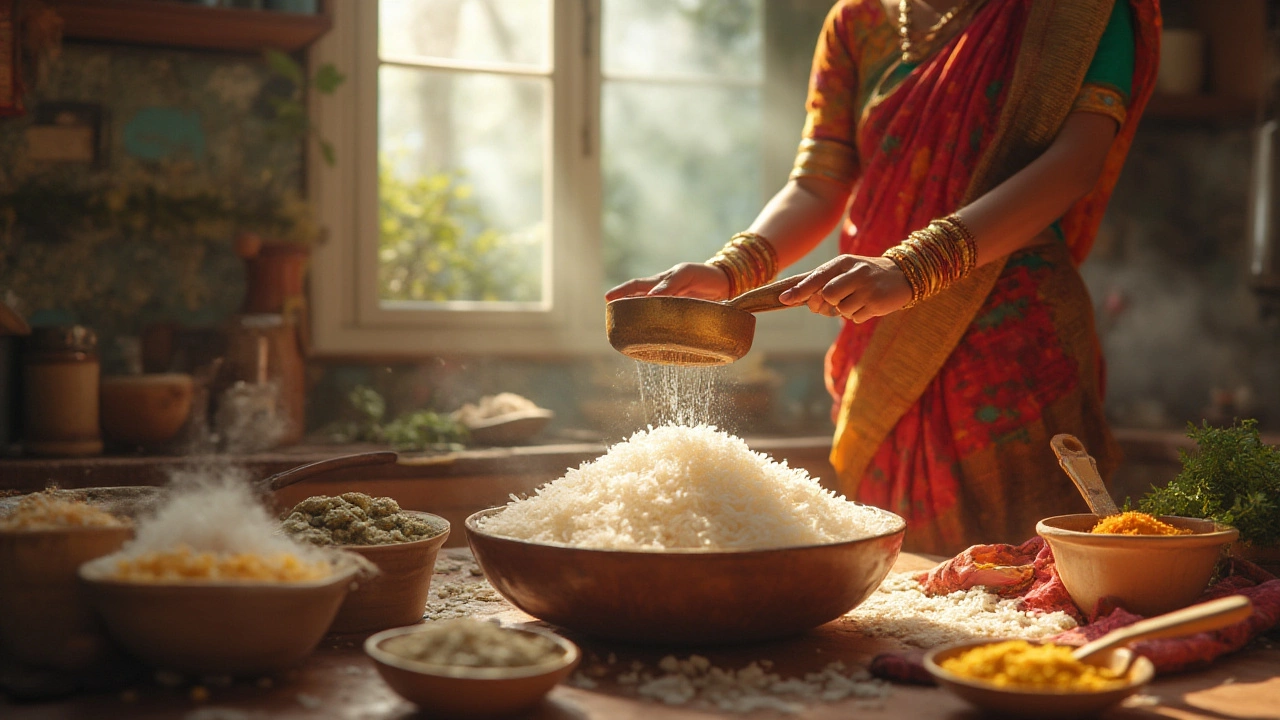Cup of Rice: Your Go‑to Guide for Growing, Yield & Risks
Ever wondered what's really behind a simple cup of rice? It’s more than a kitchen staple – it’s a crop that feeds billions and can be a solid business if you know the basics. In this guide we’ll break down where rice came from, how many grains you get from one plant, the best soil for a healthy paddy, and the hidden risks of the rice trade. Stick with us and you’ll walk away with practical pointers you can use today.
How Many Grains Come From One Plant?
Most people think a rice plant only gives a handful of grains, but the numbers are surprising. On average a healthy Indian variety produces between 80 and 120 grains per panicle, and a single plant can hold a few panicles. That adds up to roughly 1,000 to 1,500 grains per plant under good conditions. If you measure the yield in cups, one cup of uncooked rice contains about 7,200 grains. Knowing this helps you estimate harvest size when you plan a small backyard paddy or a larger field.
Choosing the Right Soil & Managing Risks
Soil is the foundation of any rice crop. The best soil is a heavy, loamy clay that retains water but still drains a little to avoid root rot. If your land is sandy, mixing in organic compost and a layer of fine clay can improve water holding capacity. Once your soil is set, keep an eye on common risks: unpredictable weather, pest outbreaks, and price swings in the market. Using certified seed, rotating crops, and saving a portion of your produce for personal use can buffer you against sudden losses.
Another hidden risk is water quality. High salinity or excessive chemicals can stunt growth. Simple tests with a handheld meter can tell you if the water is safe. If you spot trouble, consider using a drip irrigation system – it feeds water directly to the roots and reduces waste. Though the upfront cost may seem high, the water savings often pay off within a season.
Historically, rice was first domesticated in the Ganges‑Brahmaputra basin around 10,000 years ago. That ancient knowledge still guides modern growers. The same principles – proper spacing, flooded fields, and careful timing – apply whether you’re planting 10 sq m or 10 hectares.
When you’re ready to turn a cup of rice into a thriving crop, start small. Plant a few rows, track the grain count, and experiment with soil amendments. Keep a notebook of planting dates, water usage, and any pest issues. Over time the data will show you what works best for your micro‑climate.
Finally, remember that rice isn’t just a profit line; it’s part of a sustainable food system. Using leftover straw as mulch, recycling water, and choosing local varieties cut down on inputs and support the environment. A cup of rice on your plate can represent a whole cycle of careful planning, mindful farming, and wise budgeting.
So next time you scoop rice into a bowl, think about the journey from seed to grain. With the right soil, a clear eye on risks, and a bit of curiosity, you can turn that simple cup into a source of food, income, and pride.
How Much Rice Does 1 Cup Make? Unpacking Dry to Cooked Ratios for Perfect Meals
Wondering how much rice a cup produces? Get exact answers, tricks for fluffy grains, and yield facts to ace your next meal. Avoid soggy or undercooked disasters.
About
Rice Cultivation
Latest Posts
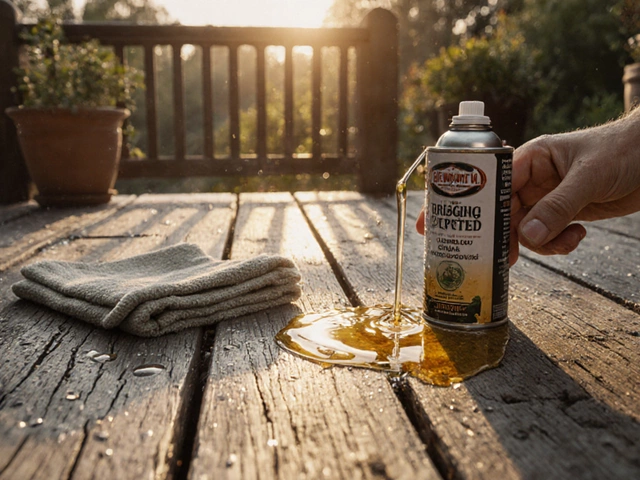
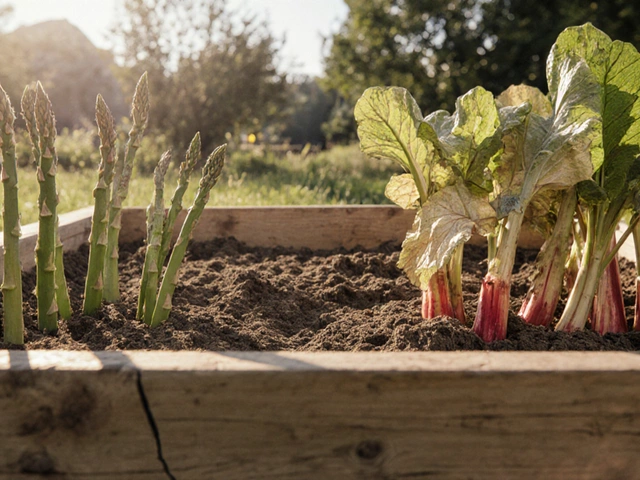
Plants That Struggle in Raised Beds - What to Avoid
By Alden Thorne Oct 8, 2025
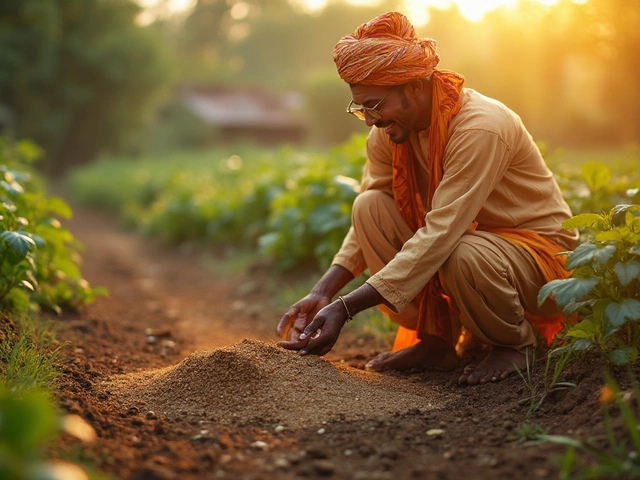
Should You Add Sand to Garden Soil?
By Alden Thorne Apr 2, 2025
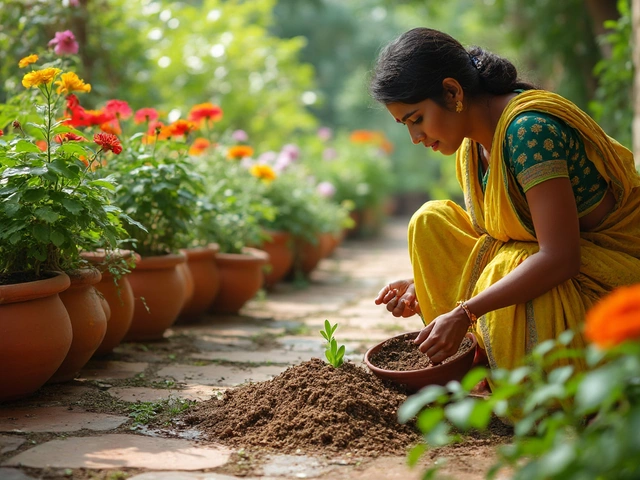
Smart Strategies for Sustainable Gardening
By Alden Thorne Mar 27, 2025
